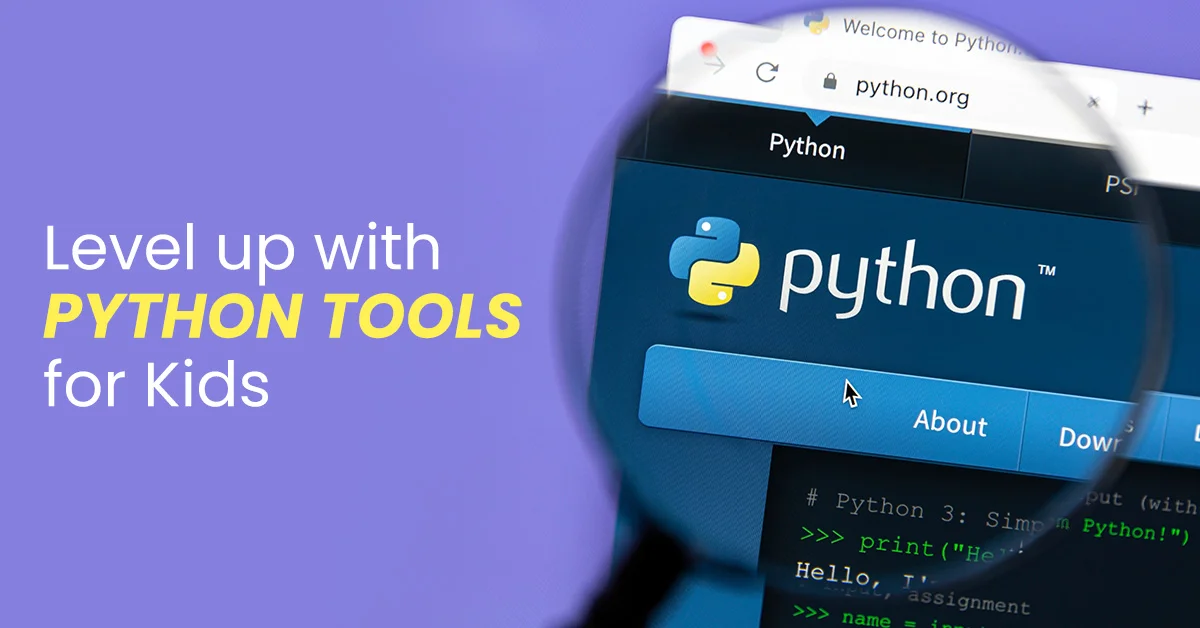
Update: This article was last updated on 7th November 2024 to reflect the accuracy and up-to-date information on the page.
Coding is the language of the future. Turning your kids into tech-savvy superheroes is not just a dream – it’s a Python-powered reality. Forget the dull and dreary; we’re stepping right into the world of Python Tools for Kids to level up their skills.
In this fun adventure, coding becomes a playground. Python is the magic wand, and your kids are the ultimate code wizards. Let’s explore how learning meets excitement and education leaps with robotics for kids.
In this comprehensive guide, we’ll explore various Python tools designed specifically for kids, aiming to make coding a fun and educational experience.
Python Tools For Kids
1. Scratch and Python Integration- For a Head-start
Scratch
Scratch is a visual programming language that serves as an excellent starting point for kids. Its drag-and-drop interface allows children to create interactive stories, games, and animations without writing any code. Several tools, such as “Scratch to Python” converters, can help the transition from Scratch to Python smoothly. Enrolling in a coding course focused on Scratch can further enhance their skills, providing a structured approach to learning coding basics before advancing to text-based programming languages.
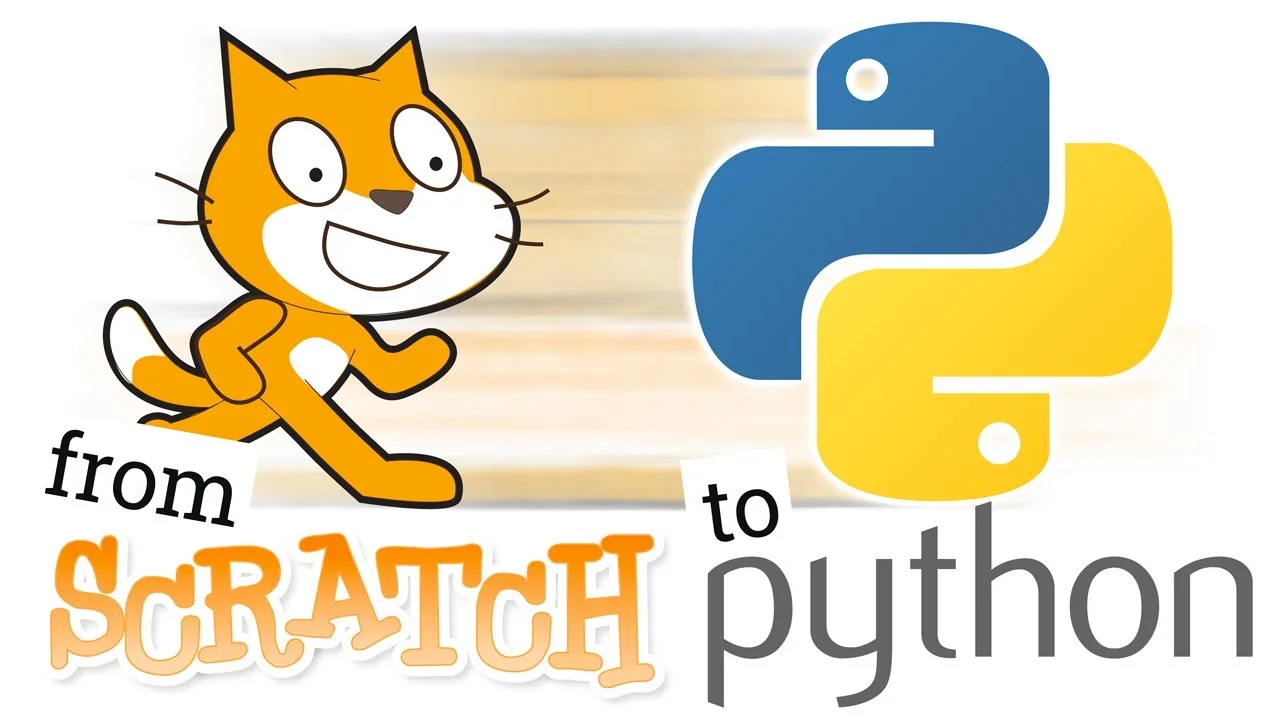
Python Turtle Graphics

Introduce kids to Python through turtle graphics, another interesting way to learn programming basics. Tools like the Turtle module in Python provide a simple and engaging introduction to coding by allowing kids to control a virtual turtle with code, creating drawings and patterns.
2. Educational Platforms: Learning While Playing
CodeCombat
CodeCombat turns learning to code into an exciting game. With a Python track designed for beginners, kids can write Python code to control characters in a game environment; they learn programming concepts while having fun.
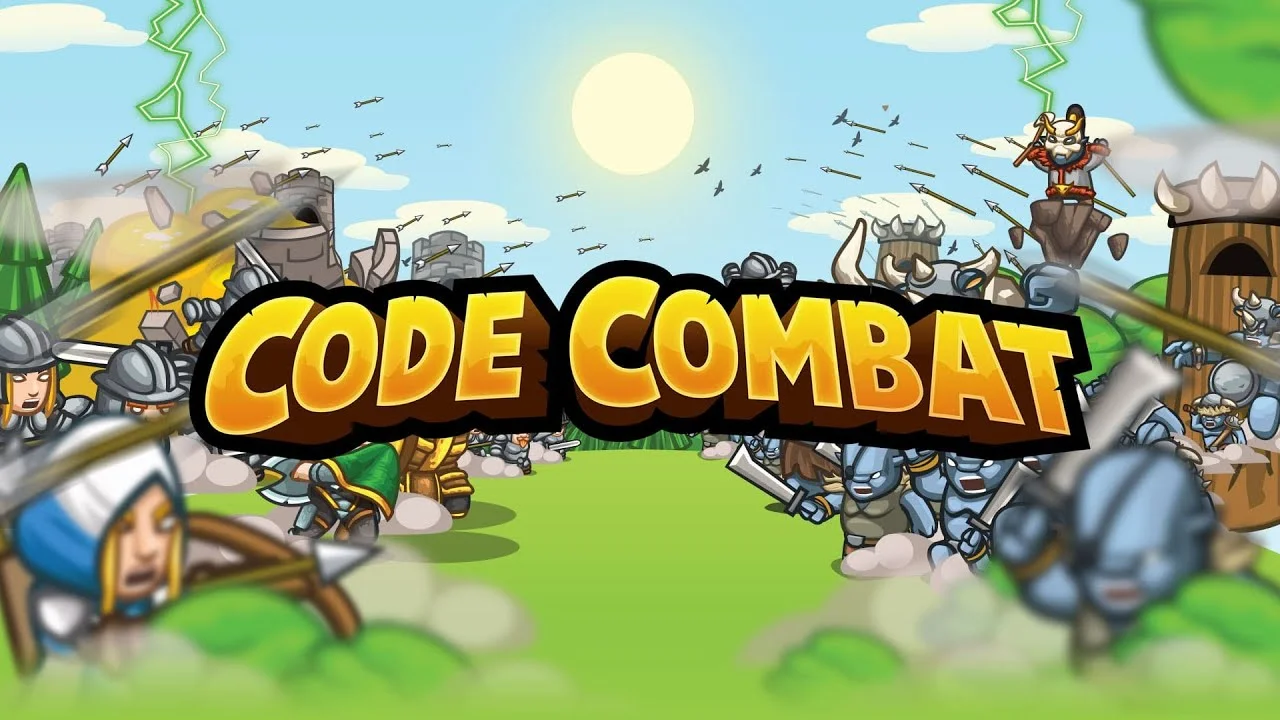
Tynker
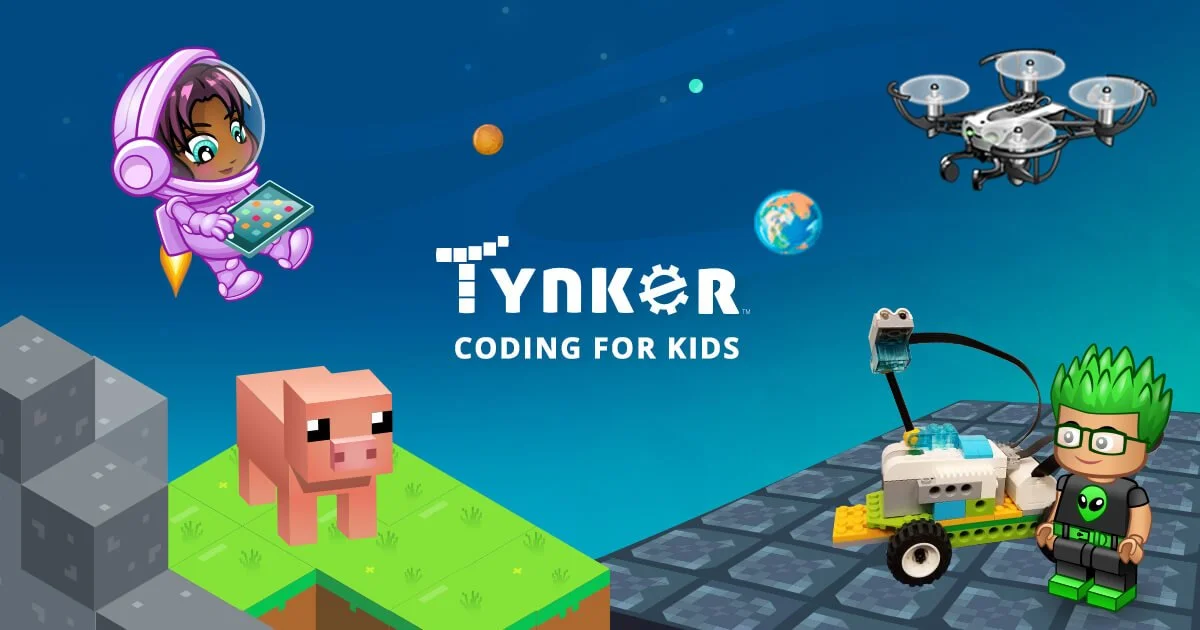
Tynker sparks students’ enthusiasm for Python through interactive coding courses, integrating game-like elements and tutorials into a fun learning environment. Their Python 101 course caters to students with foundational programming knowledge, while advanced courses are available for those seeking a deeper understanding of Python.
3. Interactive Learning Environments: Hands-On Coding Experience
Jupyter Notebooks for Kids
Jupyter Notebooks offer an interactive and visual way to code in Python. Kid-friendly versions of Jupyter, like Jupyter Notebooks for Kids, provide an environment where children can write and run Python code, see immediate results, and grasp coding concepts in an interactive manner.

Thonny IDE
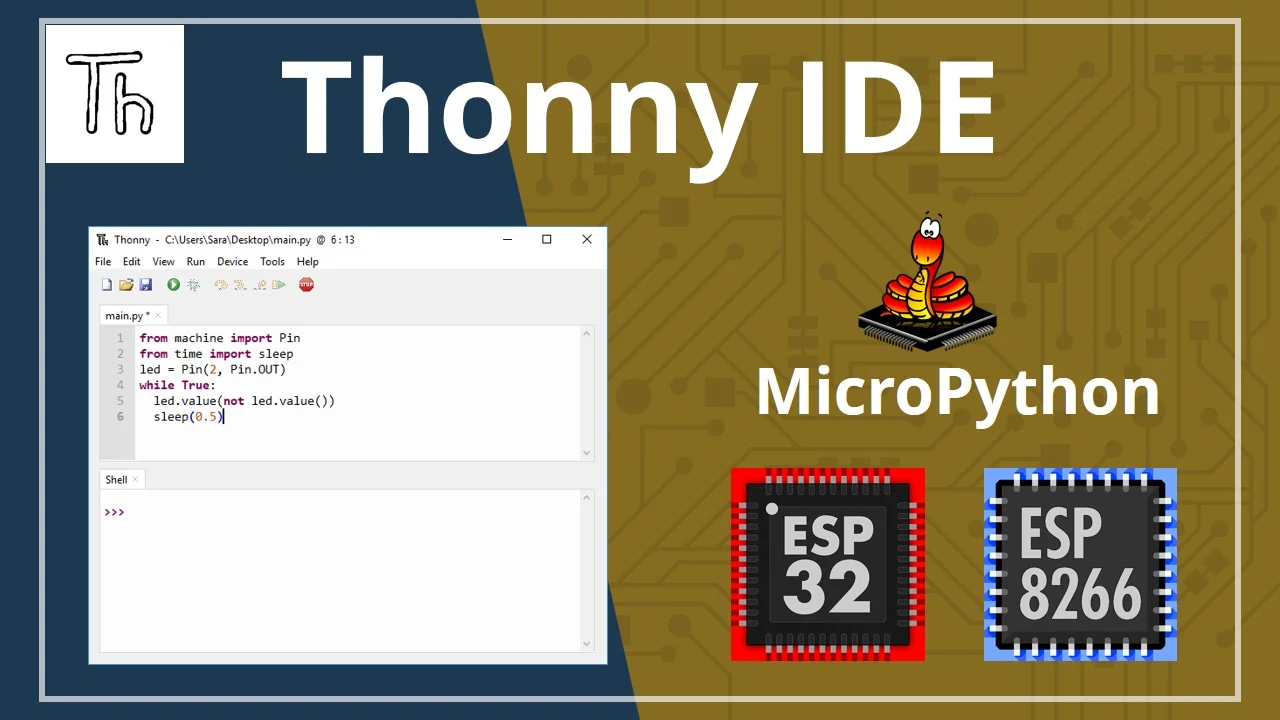
Thonny is a beginner-friendly integrated development environment (IDE) for Python. Its simple interface, built-in debugger, and support for educational tools make it an ideal choice for kids starting their coding journey.
Recommended Reading: 5 Creative Ways to Make Math Fun for Kids
4. Online Courses and Resources: Self-Guided Learning
Codecademy’s Python Course
Codecademy offers an interactive Python course suitable for beginners. With hands-on projects and instant feedback, kids can develop a solid foundation in Python programming through this platform.
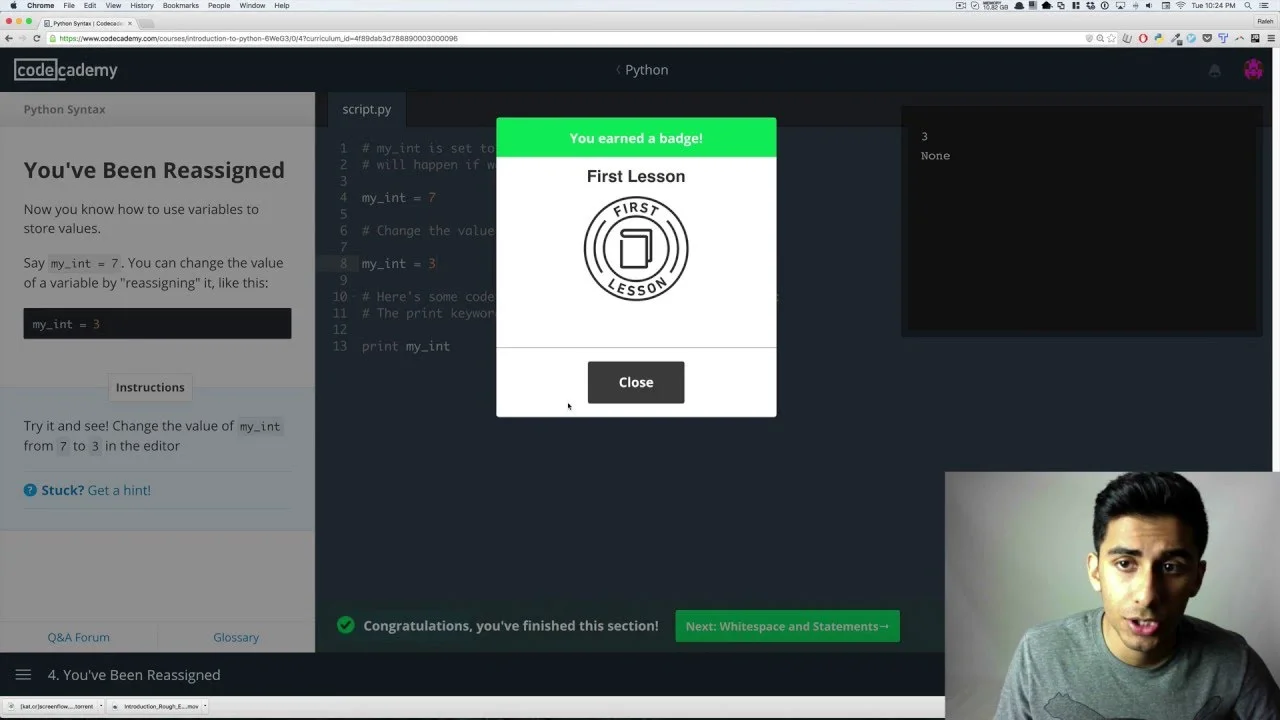
Python.org’s Educational Resources

Python’s official website provides a wealth of educational resources, including tutorials and documentation specifically tailored for beginners. These resources can be valuable for parents and educators guiding kids in their Python learning journey. Additionally, online coding courses offer structured learning paths and interactive lessons that make learning Python more engaging and accessible, helping beginners build a solid foundation in coding.
5. Project-Based Learning: For Building Applications in Real-World
Raspberry Pi Projects
Coding classes for kids: Raspberry Pi, a low-cost, credit-card-sized computer, opens up endless possibilities for project-based learning in coding classes designed for kids. With Raspberry Pi, kids can dive into Python programming to create exciting projects, such as building a weather station, developing a game console, or even designing a home automation system. These hands-on projects foster creativity, enhance problem-solving skills, and provide an engaging introduction to coding and technology.

Micro: bit and Python

Micro:bit, a pocket-sized computer, can be programmed using Python. Kids can create various projects, from simple games to temperature sensors, using Micro:bit and Python, gaining hands-on experience in coding and electronics.
Helpful Tips for Teaching Python to Kids Successfully
1. Motivate Kids in Learning Python
Keeping kids motivated is essential for successful learning, and coding courses that use gamification are an excellent way to achieve this. Gamification adds game-like elements, like points, rewards, and friendly competition, to learning environments, making coding exciting and engaging. For instance, in a well-designed coding course, kids can earn points for completing tasks, badges for mastering certain skills, and prizes for winning coding challenges. This not only makes learning Python fun but also improves engagement and overall performance.
2. The Power of Project-Based Learning in Coding Courses
Many tech leaders like Mark Zuckerberg and Bill Gates got interested in coding by building simple personal projects. Kids can follow a similar path with the guidance of parents and educators who encourage project-based learning. Creating their games or websites is a great way to dive into Python. Starting with smaller projects makes Python feel more achievable, and a structured coding course that introduces concepts in short, engaging lessons is perfect for building skills step by step.
3. Practice is Essential.
To become skilled in Python, kids need to practice consistently. Skills are best retained when practiced over time so that a quality coding course will offer plenty of hands-on exercises and projects. However, it’s also important to create a conducive learning environment at home. This can be done by setting up a dedicated workspace, establishing a regular practice schedule, and providing encouragement and support. This way, kids regularly use what they’ve learned to build projects, strengthening their coding knowledge.
Conclusion
Python tools for kids provide an engaging and effective way to introduce programming concepts from an early age. Whether through visual programming languages like Scratch, game-based platforms like CodeCombat, or project-based learning with Raspberry Pi and Micro:bit, kids can enjoy a seamless transition from beginner to proficient coder. By incorporating these tools into educational programs, parents and educators can empower the next generation with essential coding skills, preparing them for the digital challenges of the future.
Moonpreneur is on a mission to disrupt traditional education and future-proof the next generation with holistic learning solutions. Its Innovator Program is building tomorrow’s workforce by training students in AI/ML, Robotics, Coding, IoT, and Apps, enabling entrepreneurship through experiential learning.

























